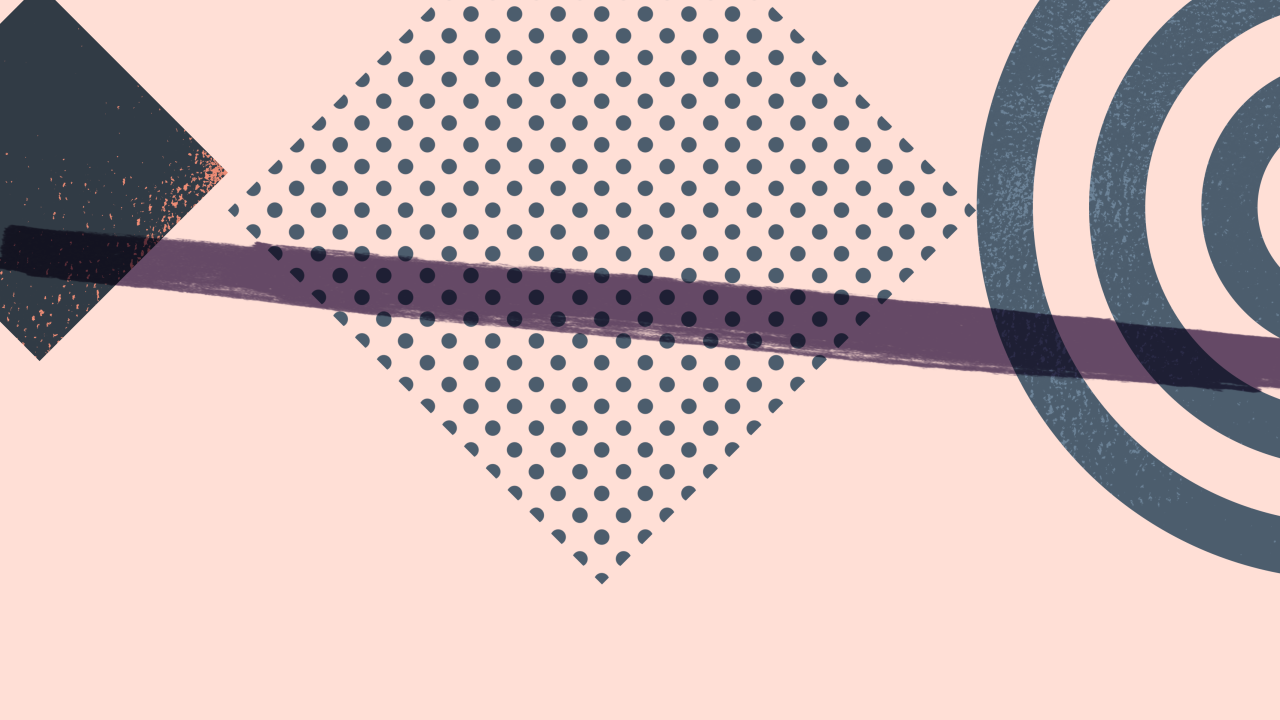Unlock Salesforce Data Powerful Insights Await
Unlocking the Power of Salesforce Data: Why It Matters
Salesforce, a leading Customer Relationship Management (CRM) platform, houses a treasure trove of invaluable data. From sales opportunities and marketing campaign performance to customer interactions and service requests, the information within Salesforce offers a deep understanding of your business and its customers. However, this data is only as useful as your ability to access, analyze, and interpret it. Unlocking this potential can dramatically improve decision-making, optimize processes, and ultimately boost your bottom line. The key lies in understanding how to effectively extract and utilize the insights hidden within.
The Challenges of Salesforce Data Analysis
While Salesforce provides built-in reporting tools, they often fall short for comprehensive data analysis. Standard reports might be sufficient for basic metrics, but they lack the flexibility and power needed to answer complex business questions. Extracting data for external analysis can be cumbersome and time-consuming. Data silos within Salesforce and other systems can further complicate the process, hindering a complete view of the customer journey. Overcoming these hurdles requires a strategic approach to data management and analysis.
Data Integration: Connecting the Dots
Effective data analysis often requires integrating Salesforce data with other crucial systems, such as marketing automation platforms, e-commerce systems, and even social media. This holistic view provides a richer understanding of customer behavior and interactions across multiple touchpoints. By connecting these disparate data sources, you gain a 360-degree view of your customer, leading to more informed decisions and personalized experiences. Tools and strategies for data integration, such as APIs and ETL processes, are crucial for achieving this.
Advanced Analytics Techniques for Deeper Insights
Beyond basic reporting, advanced analytics techniques unlock deeper insights from your Salesforce data. Predictive modeling, for instance, can forecast future sales, identify at-risk customers, and optimize marketing campaigns. Machine learning algorithms can uncover hidden patterns and correlations that might otherwise go unnoticed. These advanced techniques require specialized skills and tools, but the payoff in terms of strategic advantage is significant. Consider employing data scientists or using specialized analytics platforms to harness the full potential of these methods.
Visualizing Data for Effective Communication
The most insightful data is useless if it can’t be effectively communicated. Data visualization tools are essential for presenting complex information in a clear, concise, and compelling manner. Dashboards and interactive reports allow stakeholders to easily understand key performance indicators (KPIs) and identify trends. Visualizations can also be used to present findings to diverse audiences, from executive leadership to frontline sales teams. Choosing the right visualization techniques is crucial for conveying the right message and driving action.
Choosing the Right Tools for the Job
The market offers a wide array of tools and technologies designed to help unlock the power of Salesforce data. These range from simple reporting add-ons to sophisticated analytics platforms. The best choice depends on factors like the size of your organization, the complexity of your data, and your team’s technical expertise. Some organizations may benefit from cloud-based solutions, while others might opt for on-premise systems. Carefully




